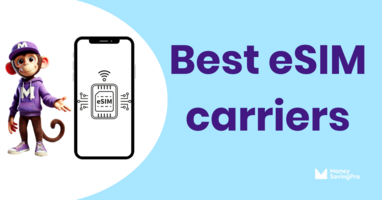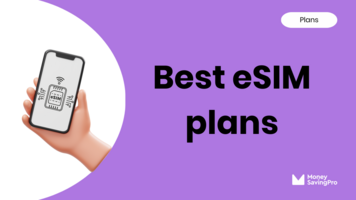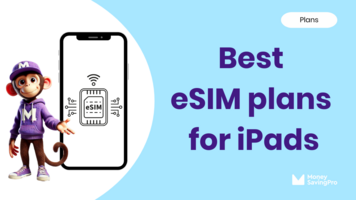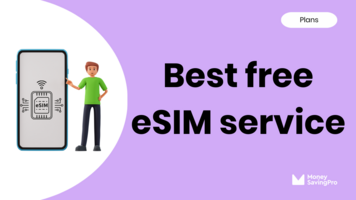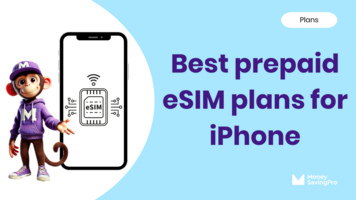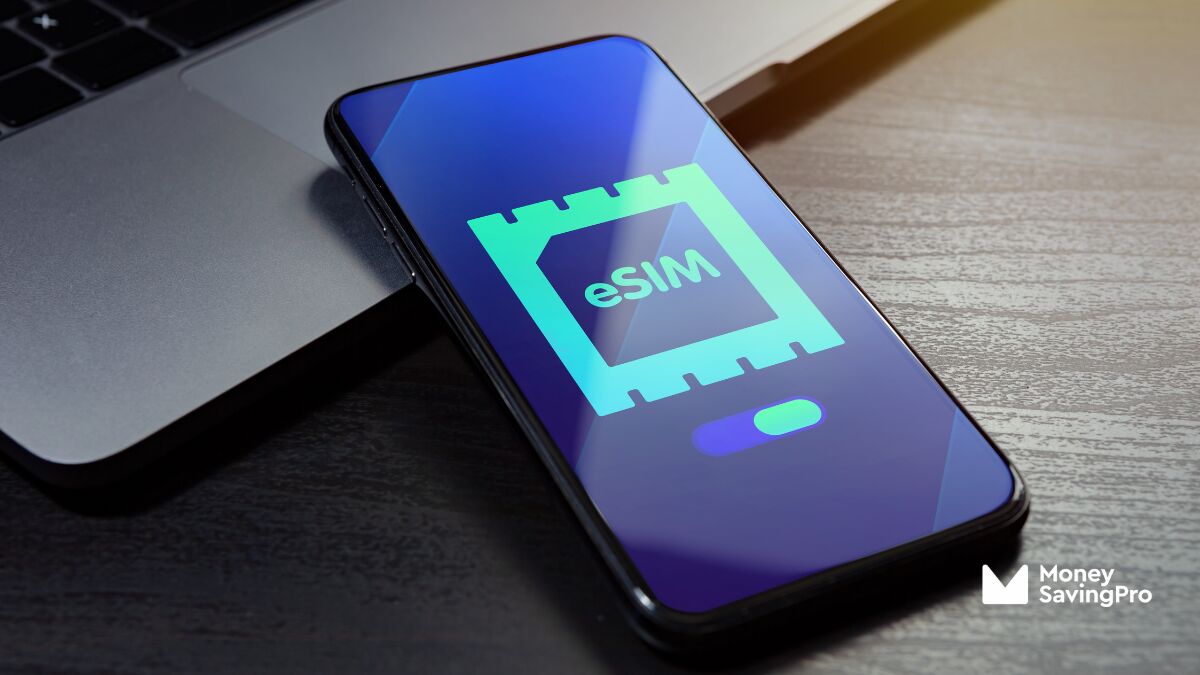
The latest buzz in the world of smartphones is all about eSIMs, and when it comes to the iPhone 14, it's the first cell phone to be eSIM-only, at least in the US.
If you want to know more about the iPhone 14, how to make the switch to a cheap eSIM plan, and which carriers have your back, read on!
eSIM on the iPhone 14
eSIMs, or embedded SIM cards, are virtual SIM cards that allow you to activate a cell phone plan without having to insert a physical SIM card into your device. And the iPhone 14 does indeed support eSIMs.
In fact, it's the first Apple iPhone to be eSIM only.
How to install eSIM on an iPhone 14
Setting up your eSIM is easy:
- Check compatibility: Ensure your carrier supports eSIM activation for your iPhone 14 model.
- Contact carrier: Purchase your plan and begin the activation process with just a few taps.
- Activate eSIM: Your carrier will provide you with a QR code. Go to Settings > Cellular > Add Cellular Plan and scan the QR code. Follow the step-by-step instructions.
- Set default line: You can choose which line to use for calls, texts, and mobile data.
Benefits of eSIM on the iPhone 14
- Flexible switching: Smartphone users can easily switch between carriers and plans without fumbling with physical SIM cards.
- Dual line usage: If you're a regular international traveler or have a work and personal number, you can easily have more than one number on the same device.
- Space-saving: There is no need to worry about keeping track of a small physical SIM card or having two different phones.
- Remote activation: Activate a new eSIM digitally without going to a store or waiting for a prepaid SIM card to arrive. eSIM quick transfer makes activation a piece of cake.
Disadvantages of eSIM on the iPhone 14
- Limited carrier support: Not all carriers support eSIM activation, so you'll need to check compatibility first.
What other iPhones support eSIM?
There are a range of iPhones that support eSIM functionality but still have a physical SIM card tray, apart from the iPhone 14 and iPhone 15 series, which are eSIM-only.
- iPhone SE 2 (2020)
- iPhone SE 3 (2022)
- iPhone XR
- iPhone XS Max
- iPhone XS
- iPhone 11
- iPhone 11 Pro
- iPhone 11 Pro Max
- iPhone 12
- iPhone 12 mini
- iPhone 12 Pro
- iPhone 12 Pro Max
- iPhone 13
- iPhone 13 mini
- iPhone 13 Pro
- iPhone 13 Pro Max
- iPhone 15
- iPhone 15 Plus
- iPhone 15 Pro
- iPhone 15 Pro Max
eSIM support on iPhone 14 FAQs
You can have two eSIMs saved on your iPhone. Easily switch between from one eSIM to the other to make phone calls or use mobile data from more than one line of service.
Yes, you can transfer your stored eSIMs from your old iPhone to a new iPhone as long as it's compatible.
Yes, you can get an eSIM plan with a local carrier to avoid data roaming charges. eSIMs make it easier than ever for those who travel regularly to stay connected in a different country.
Recap
Say goodbye to overpriced cell phone plans and hello to the money-saving magic of eSIMs!
The iPhone 14 supports eSIMs, allowing you to switch carriers, change to iPhone 14 eSIM plans, and even transfer phone numbers easily. Whether you're a traveler, tech enthusiast, or just someone looking to save money, eSIMs have got you covered.
Just remember to check if your carrier supports eSIM activation, and enjoy the flexibility and convenience it brings to your cell phone experience.
